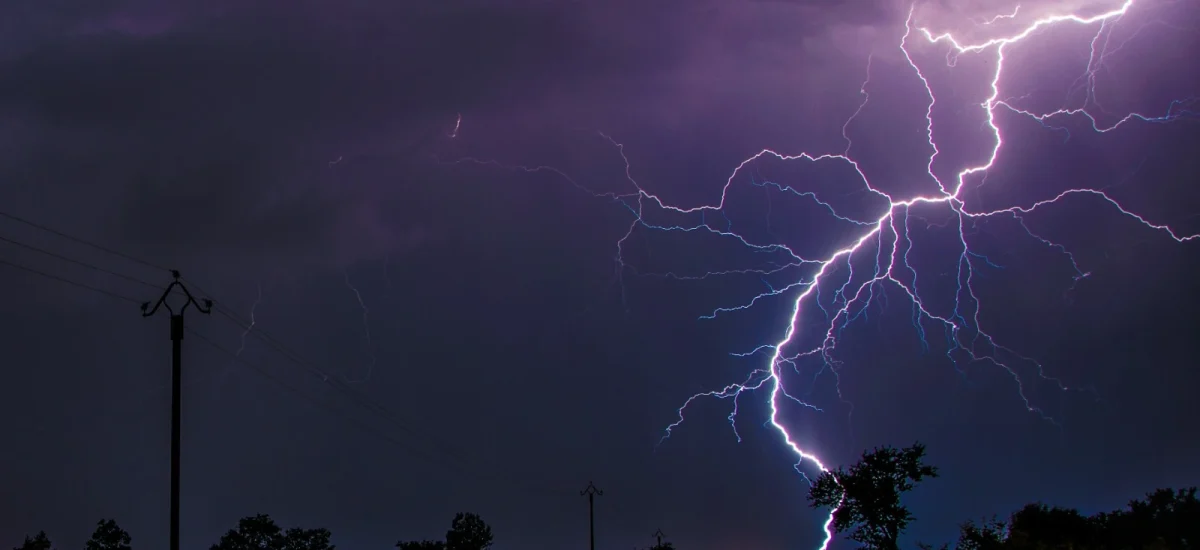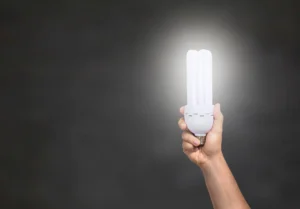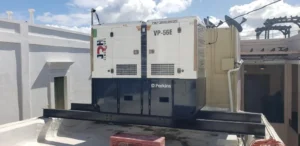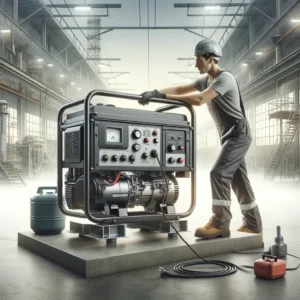
Hurricane season is a critical period for Puerto Rico, and being prepared can make the difference between safety and danger. In
Nature can be unpredictable and at times we are faced with challenging situations such as a severe thunderstorm threat. During these weather events, it is essential to take precautions to protect both our home and our personal safety.
In this article, we'll guide you through several important steps to take when facing a severe thunderstorm threat. From monitoring the weather to properly preparing, here are valuable tips to stay safe.
Read on and find out how to protect yourself in the event of a severe thunderstorm threat!
Weather monitoring is critical to being prepared for a severe thunderstorm threat. Keeping ourselves informed about weather conditions allows us to take the necessary precautions and act in advance.
There are various reliable sources of weather information, such as local weather stations, national and international weather services, and mobile apps. These tools provide us with accurate forecasts and warnings for thunderstorms.
It is important to closely monitor changes in the weather and pay attention to thunderstorm warnings issued by the proper authorities. By being informed, we will be able to make appropriate decisions to protect our safety and that of our loved ones.
Don't underestimate the power of weather monitoring, be prepared and stay safe!
When a severe thunderstorm threat is revealed, it is vital to take steps to protect our home. Here are some important precautions:
Secure doors and windows: Reinforce the doors and windows of your house to prevent wind and rain from entering causing damage. Use proper locks and add reinforcements if necessary.
Disconnect appliances: Before the storm begins, unplug major appliances to prevent damage from power surges or sudden power outages.
Protect electronic equipment: Use surge protectors on your electronic devices and unplug them from power during a storm. This will reduce the risk of damage from electrical shock.
Avoid using water: During a thunderstorm, avoid using water as much as possible. Do not use faucets, showers or appliances that require water to avoid the risk of electrocution.
Prepare for possible flooding: If you live in a flood-prone area, keep protective materials like sandbags and barricades on hand to prevent water from entering your home.
Remember that home protection is crucial to safeguard the safety of your family and minimize damage in the face of a threat of intense electrical storm. Take these precautions and stay safe. Your home is your refuge, protect it!
When a thunderstorm approaches, it is essential to take care of our personal safety. Here are some important precautions:
During a thunderstorm, seek shelter indoors or in a safe place. Avoid going outdoors and stay away from open or exposed areas.
In the face of this type of event, avoid being near metal objects such as fences, poles, metal structures or electrical cables. These objects can conduct electricity and present a shock hazard.
Turn off all appliances and electronic equipment during a lightning storm. Also, disconnect power plugs to prevent damage from power surges.
Once a possible severe thunderstorm threat is known, it is essential to identify a safe place in your home, such as a basement or an interior room without windows, where you can take shelter during the storm. Make sure you have an emergency kit with essential items on hand.
Keep abreast of weather conditions through radio, television, or a reliable weather app. Follow the instructions and warnings of local authorities to ensure your safety.
Remember that your personal safety is the most important thing during a severe electrical storm. Follow these precautions and stay safe. Do not risk your life, take the necessary measures to protect yourself and your loved ones.
We hope that these tips are being of great help to you in preparing for a possible threat of an intense thunderstorm. But that's not all we have to offer you. In our Blog, you will find a wide variety of complementary content on the prevention of this type of eventuality and on the use, handling and care of electrical generators.
In JRH Power Generator, we care about your satisfaction and safety.
Visit our blog and discover more!

Here are some tips that will be very useful in the face of a threat of intense electrical storm:
Create an emergency kit: Assemble a kit containing essentials such as drinking water, non-perishable food, flashlights, batteries, first aid kit, portable radio, and blankets. Make sure you have enough supplies for everyone in your household.
Plan a safe place: Identify a safe place in your home where you can take shelter during the storm. If it is necessary to evacuate, make sure you have an evacuation plan and a predetermined meeting place for your family.
Keep devices charged: Before the storm hits, fully charge your mobile devices and power banks. This will allow you to maintain communication in the event of power outages.
Know the evacuation routes: Familiarize yourself with the evacuation routes in your area and stay informed about nearby emergency shelters. Have up-to-date maps handy and follow instructions from local authorities.
Secure your home: Before the storm, secure doors and windows, clean drains to prevent flooding, and remove objects that could become projectiles in high winds.
After a severe thunderstorm, it is important to take certain precautions to ensure your safety. Here are some recommendations:
Before going outside, carefully assess the damage to your home. Check for downed power lines, damaged structures, or unstable trees. Stay away from any potential danger.
If you find downed power lines, never touch or go near them. They could be energized and present an electrocution hazard. Immediately report the incident to the authorities.
If you need to do cleanup or repair after the storm, wear proper protective gear, such as gloves, sturdy boots, and safety glasses. This will help you prevent injuries.
After a storm, standing water is common in some areas. Avoid contact with water, as it may be contaminated or hide hidden dangers, such as sharp objects or submerged electrical wires.
If you find emergency situations, such as gas leaks, fires or collapsed structures, immediately notify the emergency services. Don't try to handle dangerous situations on your own.
Remember that after the storm it is crucial to prioritize your safety and that of your family. Always exercise caution and, if necessary, seek professional assistance to resolve specific issues. Prudence and attention are essential at this time of recovery.
At JRH Power Generator, we have the ideal solution:
Our emergency power generators. Designed to provide you with reliable power during outages or emergencies, they are powerful, efficient and easy to use.
Keep essentials running, from lights to medical equipment, with our capabilities tailored to your needs.
Contact us today and consult with our experts!

Hurricane season is a critical period for Puerto Rico, and being prepared can make the difference between safety and danger. In

Understanding how a hurricane forms allows us to be one step ahead and prevent the devastating effects of these natural phenomena. Especially in areas

In a world where energy efficiency is increasingly a priority, learning to save energy has become a crucial need for both

In a world that doesn't stop, the need for a reliable and continuous power source is more crucial than ever. At JRH Power

Have you ever wondered how electricity becomes a constant in our lives, even in the most critical moments? At JRH Power

In our modern world, where electricity is vital, power outages are a frequent reality. Know how to connect a generator to the house